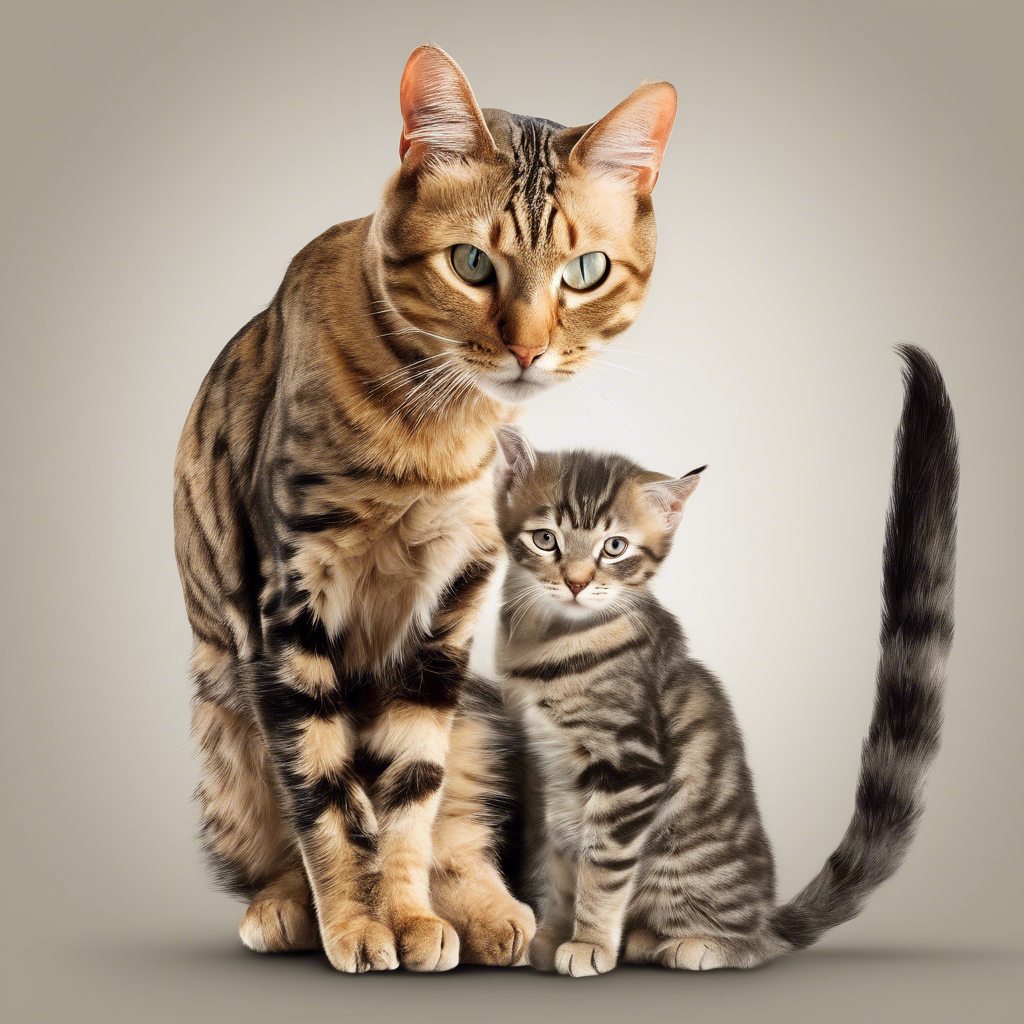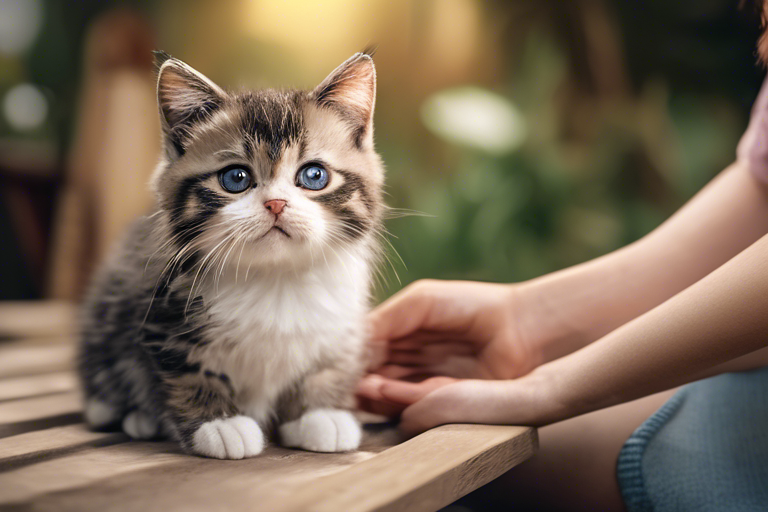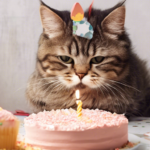As a new cat owner, it’s important to understand that not all cats enjoy being touched in the same way. While many cats may seem to love attention and petting, there is actually a right way and a wrong way to pet them. By learning how cats prefer to be touched, you can improve the bond between you and your feline friend and ensure their comfort and contentment. In this cat petting guide, we will explore the secrets to cat contentment and provide you with helpful tips on bonding with cat and how to properly pet a cat.
Introducing Yourself: The First Step
When interacting with an unfamiliar cat, it’s crucial to start by introducing yourself in a way that makes the cat feel comfortable and safe. Cats can be sensitive to new people and may become defensive or aggressive if they feel threatened. To avoid this, take things slow and allow the cat to make the decisions, ensuring cat safety and paving the way for how to pet a cat without causing stress.
Begin by gently extending your fingers towards the cat’s nose, allowing them to sniff and get familiar with your scent. This gesture helps the cat understand that you are not a threat and is a critical aspect of cat body language. It’s essential to let the cat approach you on their terms rather than forcing interaction upon them. By giving them the choice to come to you, you are more likely to have a positive and enjoyable interaction, following the guidelines of how to pet a cat.

Where to Pet a Cat: Understanding Their Preferences
Once you have established a level of comfort and trust with the cat, it’s time to learn where they prefer to be petted. Unlike dogs, cats are often more indifferent when it comes to human interaction. They have specific spots on their body that they enjoy being touched, and it’s essential to respect their preferences, discovering the best way to pet a cat and where do cats like to be pet.
According to Samantha Nigbur, an ASPCA Behavioral Sciences Team Counselor, cats tend to enjoy soft, gentle strokes that follow the direction of their fur. This means moving your hand in the same direction as the cat’s fur rather than petting back and forth. Cats have scent glands located around their face, making it a prime area for petting. If the cat presses their head or cheek against your hand, they are depositing their scent on you, a behavior known as bunting. Bunting is not only a way for them to mark their territory but also a display of affection, indicating the best spots to pet a cat and how to pet a cat in a way that aligns with cat likes.
Here are some of the common areas where most cats enjoy being petted:
- Between the ears: Gently stroke the area between the cat’s ears, where scent glands are located.
- Base of the ears: Give light pressure to the base of the cat’s ears, a spot they often find comforting.
- Cheeks: Stroke the cat’s cheeks, another area with scent glands that they enjoy being touched.
- Under the chin: Offer light pressure under the cat’s chin, a spot they often find pleasurable.
- Neck and back: Some cats may enjoy gentle pressure down their neck and back, stopping before the tail.
It’s important to note that each cat is different, and they may have their own preferences for petting. Pay attention to their body language and cues to determine if they are enjoying the interaction. If the cat shows signs of discomfort or tension, such as twitching skin, hissing, or moving away, it’s best to stop petting and give them space, which is a fundamental aspect of understanding cat behavior and cat body language.
The Wrong Way to Pet a Cat: Understanding Boundaries
While there are specific areas where cats enjoy being petted, it’s equally crucial to know where they don’t like to be touched. Cats are particular about physical touch, and one wrong move can lead to them running in the opposite direction. It’s essential to respect their boundaries and avoid petting them in areas they dislike, acknowledging do cats like to be pet and catering to cat likes.
Cats generally do not enjoy being petted on their tummy, legs/feet, or tail, as these areas are sensitive and can cause discomfort or even trigger a defensive response. However, when considering where to pet cats, it’s crucial to note that every feline is unique, and some may actually like being pet in these areas. There are indeed exceptions where some cats like being pet and may enjoy it all over, regardless of the area.
To ensure a positive experience when petting a cat, it’s important to observe the cat’s body language and reactions. Signs of tension to watch for include jerking their head, batting your hand away, hissing, or shifting away, which all indicate that the cat is not enjoying the interaction. If you notice these behaviors, it’s best to stop petting them in that particular area.
Signs of a Happy and Content Cat
While recognizing signs of discomfort or tension is crucial, it’s equally important to identify when a cat likes being petted and is showing signs of enjoyment. Positive indicators that you’re petting my cat correctly and that they are happy and content include purring, leaning into your hand, or closing their eyes in relaxation.
- Initiating contact: If the cat approaches you and seeks physical contact, it’s a clear sign that they are comfortable with you and enjoy being petted.
- Upright tail with slow waving: A cat with an upright tail, waving it slowly from side to side, is showing contentment and relaxation.
- Ears pointed upwards and forwards: When a cat’s ears are in an alert and forward position, it signifies that they are engaged and enjoying the interaction.
- Relaxed posture and facial expression: A cat that appears relaxed, with a loose body posture and a calm facial expression, is likely enjoying the petting session.
- Purring: Purring is a well-known sign of a content cat. If the cat purrs while being petted, it indicates that they are relaxed and happy.
- Kneading: Some cats may rhythmically push their paws in and out, also known as kneading. This behavior is a sign of comfort and contentment.
- Bunting: If the cat gently presses their head or cheek against you, it’s a display of affection and indicates that they are enjoying the interaction.
Remember that each cat is an individual with unique preferences and cat behavior, and they may enjoy different types of petting interactions with different people. It’s essential to pay attention to their cues and adjust your approach accordingly, learning how to pet cats in a way that aligns with their personal likes and dislikes.
Conclusion
Understanding how to pet a cat properly is about recognizing their preferences and respecting their boundaries. By introducing yourself gently, allowing the cat to approach you, and focusing on the best places to pet a cat, you can foster a strong bond and ensure their comfort and happiness. Always respect their boundaries and be attentive to their body language to create a positive and enjoyable petting experience.







1 thought on “How to Pet a Cat Properly: A Guide for First-Time Cat Owners”